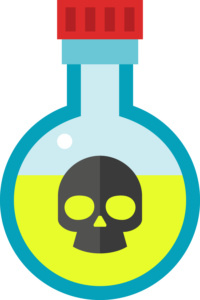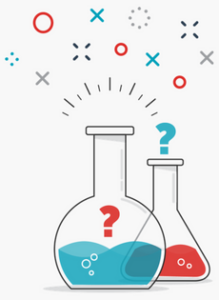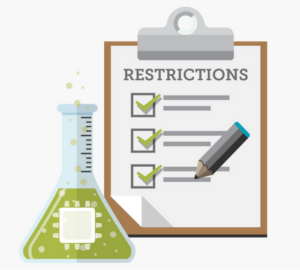Still Exploring?
Looks like you’ve been exploring our platform.
Want to see everything in one place?




There are several steps involved in the process of adding a substance to the Restrictions List. Usually, a substance is on the REACH Authorisation List before it is proposed for restriction, either by a member state or the European Chemicals Agency (ECHA) at the request of the European Commission. In order to provide industry and interested parties with sufficient advance notice of the potential restriction, the intention is made public through the Registry of Intentions and published on the ECHA website. This step helps prepare interested parties for the possibility they may need to comply with the evolving requirements of the REACH Regulation.


After a dossier is prepared with all the required information, such as risks and alternatives, it is submitted and published to the ECHA website, pending its conformity with REACH Annex XV requirements. This is followed by a six-month public consultation period, during which interested parties can comment on the proposal or provide additional information. At the same time as the consultation period, two of ECHA’s committees provide their opinions on topics concerning the proposed restriction. The Committee for Risk Assessment evaluates the restriction’s effectiveness in reducing the negative impacts to human health and the environment. The Committee for Socio-Economic Analysis creates a draft opinion on the socio-economic impacts of the restriction and opens it up to a public consultation for a period of 60 days. ECHA then reviews their input when considering the proposed restriction.
For more information on the REACH Restrictions procedure, visit the ECHA website.


After receiving feedback from the committees involved, the European Commission will make a decision on the proposed restriction within three months. If there is no opposition, the Commission adopts the restriction. Once a substance is adopted, companies must comply with the requirements of the restriction. In the face of changing REACH restrictions, visibility into the supply chain helps companies fully understand the restriction’s impact on their operations and remain ahead of their requirements.